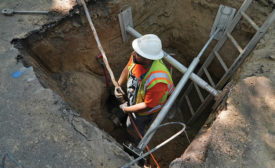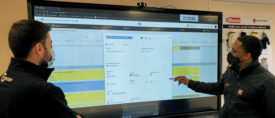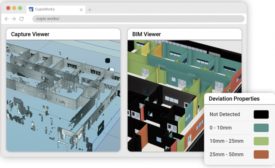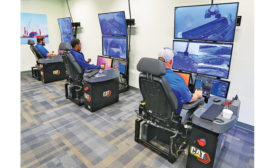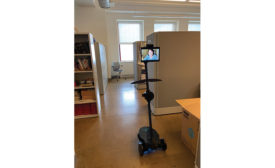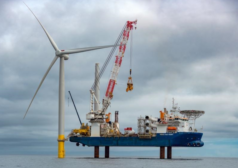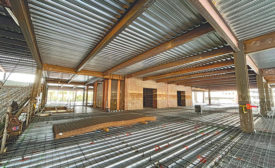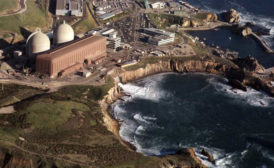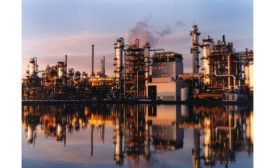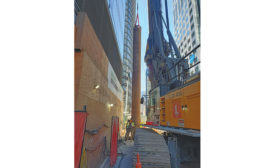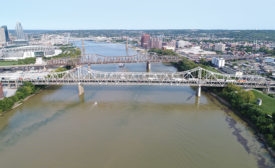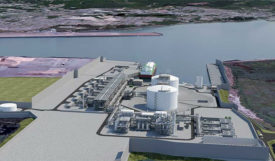Home » Publications » ENR
Our Publications
Please select a publication below.
ENR
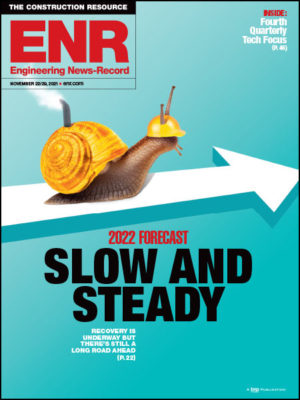
November 22, 2021
Cover Story
Back to TopFeature
Back to TopQuarterly Tech Focus
Q4 Tech Report: Moving On to the Next Normal
The pandemic forced adoption of new technologies, but what's really changed?
Read More
News
Back to TopClean Energy Construction
Giant Virginia Offshore Wind Project Makes Five Key Construction Awards
Read MoreResearch and Development
AISC Sets Sights on Slashing Delivery Time for Steel Structures
SpeedCore leads the way in the group's ambitious Need for Speed campaign
Read More
Foundation Repairs
Fix for Settling Millennium Tower's Troubled Pile Upgrade Inches Ahead
Pilot pile tests new installation methods after repair itself caused accelerated settlement
Read More
Infrastructure Act Focus Shifts to Rolling Out the Funds
First of the new package’s dollars out the door are expected to be highway, EPA water funds distributed by formulas
Read More
Natural Gas Projects
Court Pushes FERC to Reassess Its 2020 Signoff of $10B Jordan Cove LNG
Read MoreDepartments
Back to TopConstruction Economics
Back to TopThe latest news and information
#1 Source for Construction News, Data, Rankings, Analysis, and Commentary
JOIN ENR UNLIMITEDCopyright ©2025. All Rights Reserved BNP Media.
Design, CMS, Hosting & Web Development :: ePublishing
